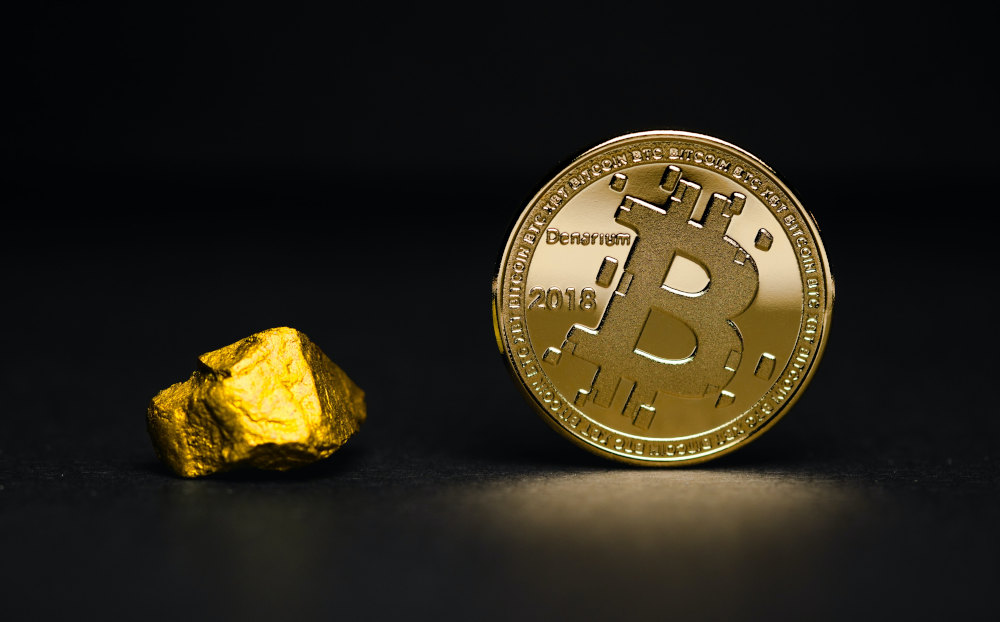The creation of blockchain technology, referred to as just block and chain back in 2009 when it all began, has revolutionised the financial world in many ways.
The most prominent of these being the specific application of electronic cash, commonly known as cryptocurrency – as it uses cryptography to process financial transactions.
There are now over 2,000 different cryptocurrencies in the market.

But with the ever-changing evolution of these new electronic currencies and distributed ledger technologies, it can be hard to keep up with the technological language used. Therefore, we’ve put together a handy glossary of all the terms that you need to know.
Airdrop
This is a method of distribution of tokens, by the operators of the cryptocurrency network. Used as a marketing technique, the tokens are given away for free to the cryptocurrency holders, with the condition of an activity to complete, or in exchange for a task. For example, sharing on social media or referring to a friend.
Altcoin
Altcoin means a digital currency that is different to Bitcoin, and is short for ‘alternative coin’. There are hundreds of altcoin cryptocurrencies around the world that are available to trade and invest as instruments of CFD trading.
Bitcoin
The first cryptocurrency, and currently the largest digital currency in the world. Bitcoin was created based on the initial blockchain technology by an individual or a group of people under the pseudonym of Satoshi Nakamoto.
Blockchain
Blockchain means a non-central network consisting of blocks, which are digitally recorded segments of data and codes.
These blocks build a continuous chain. The blockchain acts as a ledger, with all transactions on the network stored publicly without a central server that authorises them.
CFD Trading
CFD Trading means Contract for Difference (CFD) trading, including that of cryptocurrencies trading.
CFD trading allows traders and investors the opportunity to speculate on the price movement of cryptocurrency. The price of the CFD mirrors that of the underlying currency, without owning it.
Cold Storage
This a security measure for storing cryptocurrencies as a wallet in offline environment. It prevents the cryptocurrency from being hacked online. The cold storage can be a device such as a USB flash drive.
Cryptocurrency
Cryptocurrency means a digital currency that has no central ownership and works independently of a central bank. Each creation of units of currency and transferring of funds uses unique encryption techniques.
Dapps
Dapps is short for Decentralised Applications. It is a programme that uses blockchain to run an open source, software application on a decentralised, peer-to-peer network rather than a central server.
Digital Signature
This is a term commonly used to describe a single action on the Internet. In terms of blockchain and cryptocurrency, it means a unique code that acts as an identifier, as it attaches to the certain token, transaction or blockchain user.
Exchange
This is a place where you can trade cryptocurrency. Some companies act as mediators for the trade, where as a decentralised exchange does not have a central authority.
Fork
A fork creates a different version of a blockchain, usually as an upgrade or code change to the network.
A Soft Fork still supports the old network when there is a change, condensing the two compatible chains.
A Hard Fork is when the change is backwards incompatible, and a new version of the chain is created and adopted by all the users.
As blockchain is decentralised, all users must accept the change in order for it be enacted.
In some cases, if there is not a common consensus, two versions of the blockchain are created, with the parallel blockchain being a completely new network.
Hash
Hash means a function that uses an algorithm to give a block in the blockchain a ‘digital fingerprint’. T
he hash value is a form of identifying segments of code, as well as confirming transactions on the blockchain, as each block has a value of its own as well as that of validation of the transaction before it.
Ledger
This is a digital record that is stored in the network, logging all of the transactions that take place on the blockchain.
Mining
Mining is the process of adding blocks to the blockchain and carrying out transactions on the network. To verify a block, the encrypted transaction must be solved.
Those who solve the cryptographic problem are rewarded with tokens, or form of cryptocurrencies, for verifying the block and enabling the transaction to happen.
Token
An individual asset on a specific existing blockchain network, that represents the cryptocurrency and gives value to the transactions in the blockchain.
—
Blockchain Technology itself can be quite hard to figure out and navigate, especially as a beginner, as well as the language involved in the process sometimes having difficult meanings to understand. But with this glossary of terms, you can now explore the sector of blockchain technology and cryptocurrency with more ease and confidence.